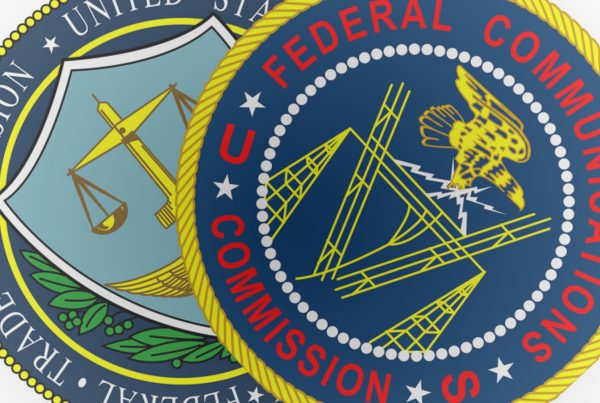At ECACUSA we monitor regulatory shifts that affect contact center operations, compliance, and customer experience. One such key regulation is the rule limiting telemarketing call abandonments to 3 %. Recently the Federal Communications Commission (FCC) has proposed significant changes to that rule and related dialing standards. This blog explains what is being proposed, why it matters, and how members should prepare.
What is the 3 % Abandonment Rate Rule Today
Under current rules, telemarketing campaigns must ensure no more than 3 % of calls placed to live people are abandoned (that is, disconnected without a sales agent speaking to the called party) over each 30-day period. Supervisory rules also require that calls be allowed to ring for at least 15 seconds or four rings before disconnection and if no agent is available a prerecorded message must be played. The rule is enforced to protect consumers from excessive dropped calls, maintain fairness in predictive dialing, and balance operational efficiency with customer respect.
What Changes the FCC Is Proposing
In a draft further notice of proposed rulemaking Further Notice of Proposed Rulemaking (FNPRM) the FCC is reviewing whether the 3 % rule and the 15-second or four-ring minimum should be eliminated or modified.
Key proposed changes include:
- Eliminating the 3 % abandonment cap on telemarketing calls.
- Removing the requirement to wait 15 seconds or four rings before terminating unanswered calls.
- Asking for public comment on whether legacy standards designed for older dialing technology are still necessary given modern predictive dialers and real-time controls.
- Considering whether harmonization between the FCC’s rules and the Federal Trade Commission (FTC) rule under its Telemarketing Sales Rule (TSR) is required if one agency changes and the other does not.
Why These Changes Matter
Operational Impact
If the 3 % cap is eliminated, companies that run large outbound campaigns may have more flexibility in pacing calls, agent staffing and predictive dialer settings. However it may also increase the risk of higher abandoned rates unless control practices evolve.
Consumer Experience and Brand Risk
Abandoning more calls may lead to higher customer frustration, negative brand perception or regulatory exposure in states with stricter rules. Even if the federal cap is removed the experience damage may persist.
Compliance Complexity
If the FCC removes or modifies its rule while the FTC retains a 3 % safe harbor under its TSR, organizations may face dual standards. Compliance teams will need to monitor both agencies and likely maintain conservative practices.
Strategy and Technology Alignment
Companies may need to upgrade their dialing logic, real-time monitoring dashboards, agent scheduling and callback options to ensure that if abandon thresholds grow there is still control and minimal customer harm.
What ECACUSA Members Should Do Now
- Monitor the proceeding: The Further Notice of Proposed Rulemaking (FNPRM) is open for public comment. Evidence suggests adoption may follow after an FCC vote and publication in the Federal Register.
- Evaluate current abandon performance: Review your abandonment rate by campaign over 30-day windows, understand current controls and margin to 3 %.
- Build scenarios: Prepare for outcomes where the 3 % cap remains, is raised, or is removed. Model staffing, pacing and customer-impact outcomes for each scenario.
- Strengthen real-time controls: Implement dashboards and alerts for abandonment spikes, agent occupancy, callback offers and routing logic to maintain consumer experience even if regulatory thresholds relax.
- Engage stakeholders: Legal, compliance, operations and customer experience teams should collaborate to assess risk, customer impact and brand implications.
- Consider commenting: If your organization is materially affected by telemarketing rule change, consider contributing comments to the FCC docket explaining your position and operational realities.
The Bottom Line
The 3 % abandonment rate has been a foundational compliance benchmark in outbound calling regulation. The FCC’s proposed changes signal a shift in how telemarketing regulation might align with newer dialing technologies and consumer expectations. For ECACUSA members the message is clear: even if regulation eases, the need to manage abandonment, preserve customer trust and align operations remain. By preparing now you can position your organization to respond flexibly, sustain compliance and maintain strong customer experience.
At ECACUSA we will continue to track the rulemaking, provide updates and offer guidance so that members can navigate change confidently.





